A Look Back at the Health Trends of the Last 20 Years
Anyone remember Y2K?
Anxieties over widespread computer failure produced mass hysteria in our country. Many feared the end of the world. Others made a fortune off those fears (even Hollywood actors jumped on the apocalyptic bandwagon – Leonard Nimoy hosted the “Y2K Family Survival Guide,” which was available on VHS). Fortunately, the scare proved to be a gigantic false alarm…and life went on.
It’s hard to believe it’s been twenty years since we rang in the new millennium. Just as we’ve seen amazing technological advances since that historic moment (smartphones/cars, tablets, digital streaming/downloads, etc.), our knowledge of health and nutrition has also evolved.
What We’ve Learned: Health Trends over the Last 20 Years
Though most gains have come over time and with great effort, many in our society have made significant strides in improving their health. Those choices may be relatively simple, like getting in a certain number of steps each day, or fairly difficult, like converting from a meat-eater to a vegetarian or vegan.
Like any good novel, there have been plenty of pitfalls, red herrings, and reversals along the way. An excellent example of this is how many supposed health experts offer conflicting viewpoints about carbohydrates and fats.
And what about soy? Run an online search and you’ll find support for its benefits or evidence of its negative effects.
Even though there are many things we still don’t know about health and nutrition, we can find comfort in the knowledge that, as a society, we’ve learned some important lessons over the last 20 years:
We Got Wise to Artificial Sweeteners
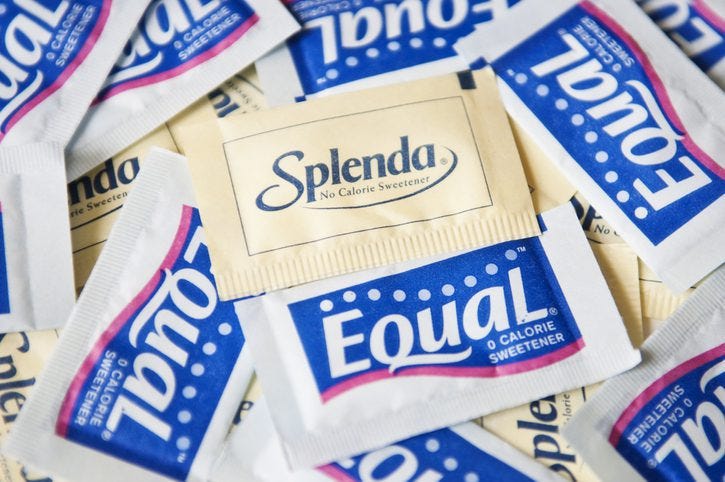
By now, the dangers of artificial sweeteners are well documented. Since they’re up to 600 times sweeter than sugar, artificial sweeteners may activate the appetite centers of the brain, which can intensify cravings for even more sugar. Most, if not all of them, are downright toxic.
Some misinformed nutrition “experts” have recommended swapping sugar with natural sweeteners such as honey and maple syrup. Don’t believe the claims that these sweeteners are wholesome, healthy substitutes for sugar, which is sucrose. Whether it comes from a beehive, a maple tree, or any other natural source, sugar is sugar.
Though many in the U.S. first became aware of stevia in the mid-80s, the natural sweetener has grown in popularity during the 2000s. Stevia is a traditional herb from South America with leaves that are 10 to 15 times sweeter than sugar. This plant extract is safe to use, comes in a variety of flavors, and is recommended as an alternative to artificial sweeteners.
We Learned to Stand Up
A frequently heard catchphrase in 2018 was:
“Sitting is the new cancer.”
This expression was prompted by research conducted by the American Cancer Society, which found a link between prolonged periods of leisure time sitting and a higher risk of death from all causes.
There are many ways to spend more time standing during the day. Recommendations include standing while watching TV or during commercial breaks, using work breaks to walk around the office building and taking the stairs instead of the elevator. Many health-conscious employees have petitioned their employers or HR departments to provide them with a standing desk.
We Discovered the Dangers of Supersizing
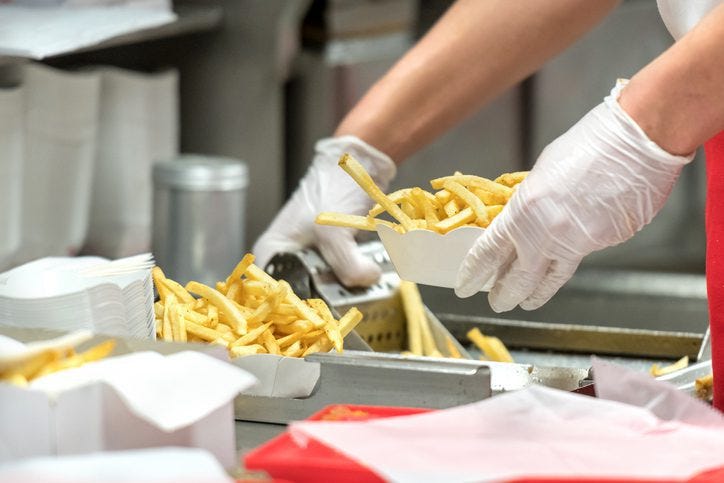
To manage the backlash of such exposés, major fast-food restaurants began offering “healthier” menu items. In 2012, McDonald’s included apple slices or clementines in McDonald’s Happy Meals…a minor victory.
Though marketed as healthy alternatives, many of those new menu items were anything but. In fact, McDonald’s Kale Salad (discontinued) had more calories, salt, and fat than a Big Mac hamburger. Ultimately, adding “healthy” items to the menu was just smoke and mirrors to distract customers from the fact that the restaurant’s core menu hadn’t changed.
Such culinary chicanery ended on May 7th, 2018, when the Food and Drug Administration mandated that restaurant chains with a minimum of 20 locations list calorie counts for all menu items. This has gone a long way in keeping fast food establishments honest since the numbers don’t lie.
Though it would be impossible to list all the changes that have occurred over the years, here’s a closer look at some of the major health trends that took place between 2000 and 2020…
Changing Health Trends Over the Past 20 Years
Exercise Technology
Exercise videos (VHS in the 80s, DVDs in the 90s) have been replaced by devices and apps. The internet has changed how people exercise and burn calories. Today, fitness apps are readily available on most cell phones.
Apart from cell phones, there are many popular wrist-worn health devices. Some, like Fitbits, are completely dedicated to fitness. Others, like Apple Watches, synch to an iPhone and have advanced haptics to indicate when a fitness goal has been reached or to remind the wearer to stand up every hour.
GPS tracking has also changed the game – it can count calories, map your location and track stats. Another fitness computer, BioTrainer, tracks physical activity and sleep patterns. Pedometers, and other body monitoring devices, have also helped people keep a closer eye on their health.
Parade of Diets

- Subway Diet– In 1999, Jared Fogle purportedly lost 245 pounds in 11 months by replacing two of his daily meals with low-fat sandwiches from the Subway restaurant menu. A diet, and marketing blitz, was born.
- Atkins Diet– Based on a book by Dr. Robert C. Atkins, this diet went mainstream in 2003. The diet consisted of high protein, high fat and low carb intake.
- South Beach Diet– A companion diet to Atkins, the South Beach Diet was named after the popular Miami location and was developed in 2003 by cardiologist Dr. Arthur Agatston. Like Atkins, this diet was high protein and low carb.
- Master Cleanse– Otherwise known as the Lemonade Diet, this 2006 diet had people drinking a mixture of fresh-squeezed lemon juice, maple syrup, cayenne pepper and water at every meal for 10 days in a row.
- Raw Food Diet– Made popular in 2007, this diet involved eating only, or mostly, uncooked foods to avoid the nutrient loss purportedly associated with cooked foods. Fact is, for some foods, cooking actually makes the nutrients better absorbed when consumed.
- NutriSystem– Though it began in the 70s, this weight loss program, which included prepackaged meals, experienced a revival in 2008. Many of the ingredients in these meals have additives that disqualify them as whole foods.
- Fertility Diet– Based on a book written by three doctors in 2009, the goal of this diet was to help women get pregnant.
- Special K Diet– All the rage in 2009, the Special K Challenge had participants eating Kellogg’s Special K cereal or bars for breakfast and lunch.
- Cookie Diet– Developed by Dr. Sanford Siegal in 1975, this diet saw a resurgence in 2009 and was embraced by many celebrities, including Kim Kardashian.
- Apple Cider Vinegar Diet– In 2010, adherents to this diet took a shot of apple cider vinegar every morning to help with digestion, acid reflux, and appetite suppression.
- Baby Food Diet– This 2010 diet saw many people limiting their caloric intake by replacing a meal with perfectly portioned baby food.
- Juicing Diet– With the growing popularity of fresh juice shops like Juice Press, 2012 became the year of the juice cleanse.
- Paleo Diet– Taking us back to our roots, this popular 2014 diet consisted of foods eaten in the age of cavemen…fruits, vegetables, meats, seafood, and nuts.
- Keto Diet– Originally developed in the 1920s, the keto diet (high-fat, low-carb) was wildly successful in 2018.
One clear lesson that can be drawn from all these examples is that there’s no perfect diet for everyone. As individuals, we all must learn what foods work best for our energy levels, digestive health, mental clarity, blood sugar levels, and weight management.
Core Training
In the 90s, the focus was on tightening abs. In the 2000s, abs were referred to as the core. Regardless of the name, focus on toning this collection of torso muscles has been an obsession for decades. Today we’ve seen a shift in perspective from wanting flat abs to developing a strong core. Stomach exercises have also changed from crunches to knee tucks and planks.
Fitness Gaming
For a time, even the gaming industry became fitness-minded. In 2007, Nintendo released Wii Fit. The system’s balance board measured a person’s weight and center of balance. With a handheld controller, a player’s body movements (like swinging a tennis racket) were mirrored by their on-screen avatar (Mii). Wii Sports included a wide variety of games, including aerobics, strength training, balance games, yoga, and, of course, sports games.
Dancing games, such as Just Dance and Dance Dance Revolution, were also popular at this time, but interest has declined over the past decade. While these, and other, fitness games can help a person move around and burn some calories, they shouldn’t be used as a workout replacement.
Trends and Fads
Every decade has had its health trends (and fads), and the past 20 years have been no exception. For instance, the aerobics craze and reduced-fat 80s gave way to the nutrition label and low carb 90s. Kale became a popular vegetable in the late 90s and 2000s. However, America’s love affair with the leafy green has diminished in recent years.
With obesity on the rise, the 2000s focused heavily on diets (many of which are listed above). Trans fats became the new enemy. And this was fully justifiable – these chemically transformed fats were highly toxic and linked to all sorts of disease risks. Good riddance.
The 2010s gave us “foodies.” The decade also saw an increased awareness of quality food, defined as organic, vegetarian, vegan, gluten-free, non-GMO, clean (free of chemicals, including added antibiotics or hormones), and environmentally sustainable. More than ever before, customers demanded transparency regarding the foods they ate.
A Look Ahead
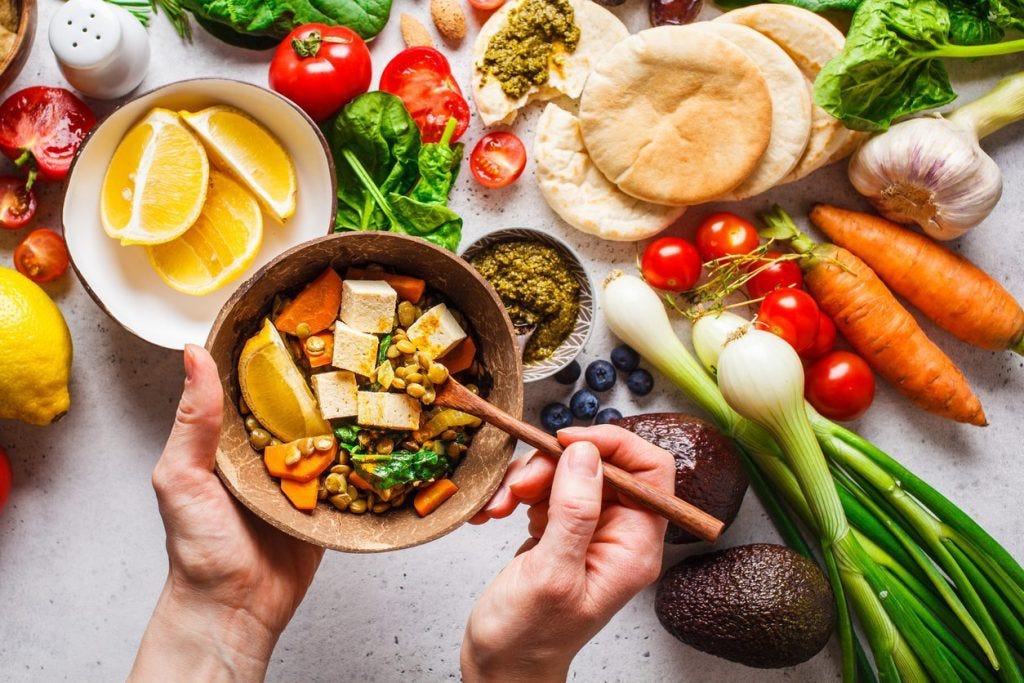
As we begin a new decade, what changes to health and fitness can we anticipate? Based on current trends, some healthcare professionals feel we may be seeing more of the following in the future:
- Increase in telehealth – due to convenience and the availability of video conferencing technology
- Plant-based meals – with plant-based restaurants on the rise, even meat-eaters may occasionally opt for a plant-based meal
- Focus on sleep – sleep deprivation is no longer considered a viable means of boosting productivity
- Home workouts – convenience and savings may prompt many to cancel their gym membership and use home systems or online workout videos
- New approach to mental health – talking about challenges and issues is becoming more accepted and, as a result, more people are getting the help they need
At the outset of the 2020s, more Americans seem to be paying closer attention to their health. This positive outlook is an exciting takeaway from what we’ve learned about the health trends of the past two decades.
Though it’s impossible to accurately predict the health trends of the future, it’s our hope that quality nutrition and ultra-pure dietary supplements will continue to fuel brain healthy lives over the next 20 years and beyond.
The BrainMD team wishes you and yours a safe healthy and happy New Year!
At BrainMD, we’re dedicated to providing the highest purity nutrients to support your brain health and overall well-being. For more information about our full list of supplements, please visit us at BrainMD.

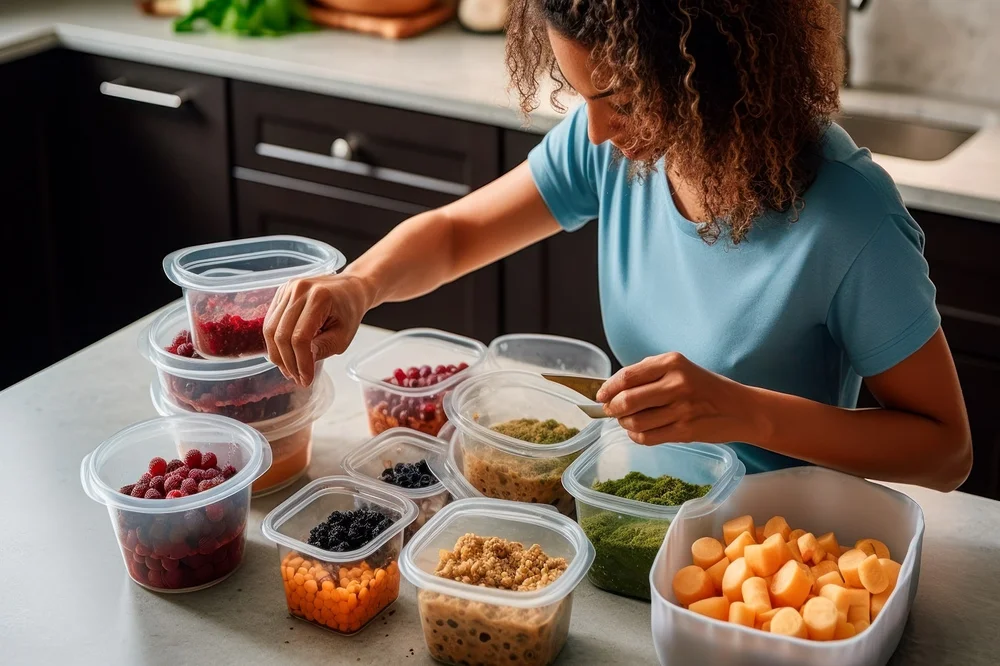

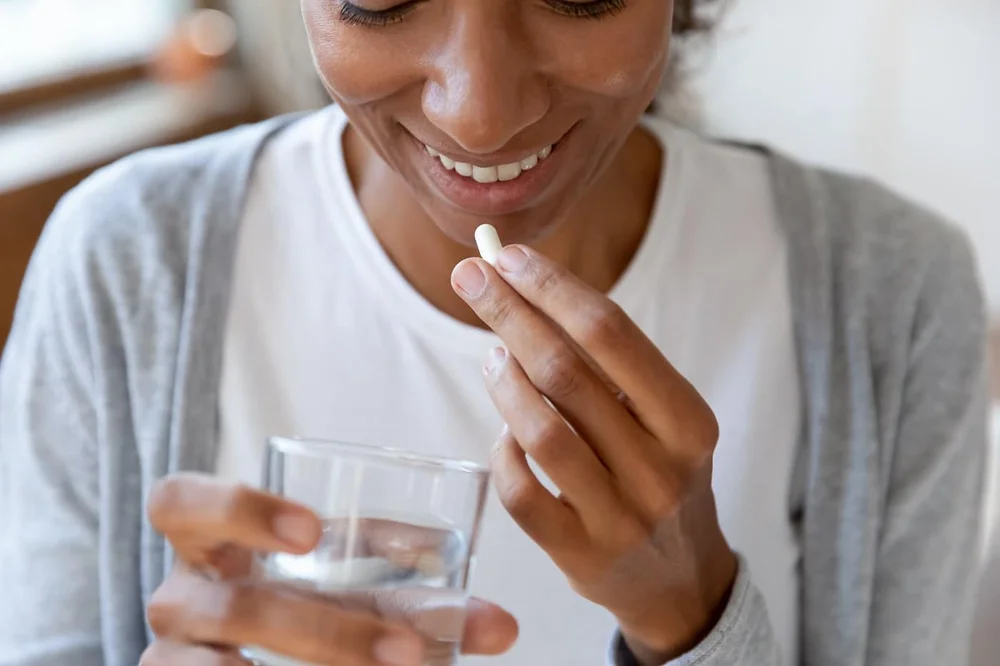
Hi there,grateful to have discovered Dr Daniel, I had a brain injury almost 7 years ago and have spent much Time and Money trying to find a way to heal myself to return to living a normal fulfilling life,to not have been able to return to do my old work,I share this as after my black out /brain injury I found that I could Not take any of the previous energy supplements I had been taking to support my life/career as they seriously threw my off kilter in a not good way,I was labelled with burn out and CFS by my Neurologist and told to go and live in the sun which I am unable to be out in the past 2 years as my health is seriously deteriorating i feel to be withering away ,I am cautious before ordering any supplements to know whats exactly in them yr assessment stated to be of a no 1, I share to have also had an encounter with Jesus in May of 2108 which to may many seem crazy however to know that Dr Daniel is a believer I just felt to share and which is also I feel crucial to finding a way to serve my calling in my highest greatest way that he has for me within the time I have left,I reach out in so wanting to feel well again as i live in the UK it is a lot of money to spent on supplements not knowing their pure content or even which One are best for my symptoms,I hope this makes sense and you can support me respect and gratitude,Dawn
So thankful for websites like this one! Through the internet I found information that helped me change my food and exercise habits that helped me become healthier as I age. My doctor is not a functional medicine doctor but has adopted some of the practices, thankfully.